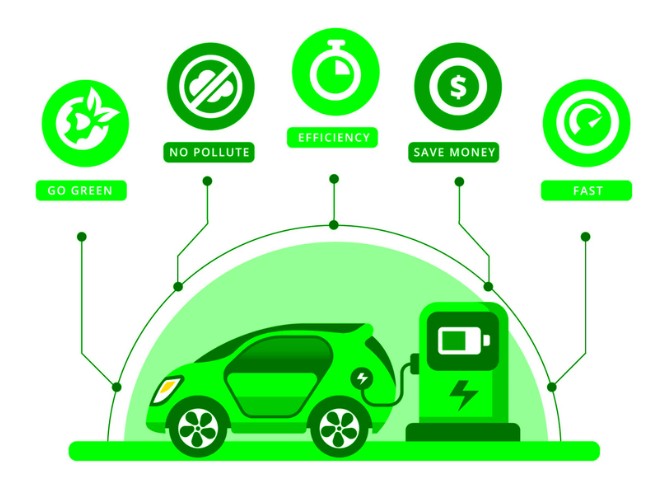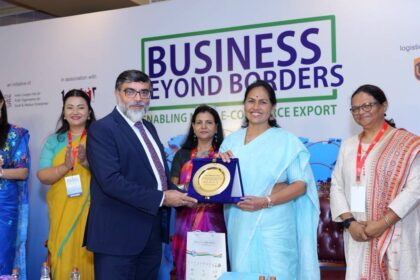Indians likely to prefer electric two- and three-wheelers than bigger vehicles
New Delhi, NFAPost: The transition to electric vehicles (EVs) could reduce by 50% component makers’ bill of material (BoM) for the internal combustion engine, according to study released.
BoM is a list of the raw materials, assemblies, sub-components, parts, and quantities of each needed to manufacture a product. The push for clean mobility is a cause for optimism, but corresponding growth in the adoption of EVs could disrupt the automotive landscape this decade, said the report called ‘Transforming to be ahead of the Opportunity’. Auto Component Manufacturers Association and McKinsey Future of Mobility released the report.
Europe and China will be frontrunners in the shift to EV and the world will follow suit. In India, the cost of ownership is likely to be more attractive for electric two- and three-wheelers than for passenger or heavy commercial vehicles (PV and HCV).
Sales of new e-two wheelers and e-three wheelers could grow to 50 percent and 70 percent by 2030. According to the report, internal combustion engines (ICE) will continue to dominate the Indian PV and HCV landscape, with slower electrification. Electric PVs and HCVs are expected to account for 10 to 15 per cent and 5 to 10 per cent of new vehicle sales respectively by 2030.
The report said highlighted that the market for conventional vehicles is not disappearing any time soon. Improvement and expansion in traditional ICE play in India will be a $35-$45 billion opportunity by 2030.





